In the serpentine world, aggression isn’t solely the domain of venomous species. Contrary to popular belief, many non-venomous snakes display surprising levels of defensive behaviors and apparent aggression. This phenomenon varies dramatically across species and even among individuals within the same species. Understanding why certain non-venomous snakes seem more “aggressive” than others requires exploring a complex interplay of evolutionary adaptations, environmental factors, and individual temperament. From the fierce displays of the False Water Cobra to the generally docile nature of Ball Pythons, non-venomous species exhibit a fascinating spectrum of defensive behaviors that often get misinterpreted as aggression. This exploration delves into the ecological, evolutionary, and behavioral factors that influence why some non-venomous snakes strike more readily than others.
Defining “Aggression” in Non-Venomous Snakes

What humans perceive as “aggression” in snakes is almost always defensive behavior rather than true aggression. True aggression implies an intent to harm or dominate, which is rarely the motivation behind snake strikes or threat displays. Instead, non-venomous snakes typically display defensive behaviors when they feel threatened or cornered, including striking, hissing, puffing up their bodies, or flattening their necks to appear larger. These behaviors serve as warning signals designed to deter potential predators without actually engaging in combat. Understanding this distinction is crucial because labeling snakes as “aggressive” can perpetuate misconceptions about their nature and intent, when in reality, they’re simply trying to protect themselves from perceived threats in the only ways available to them.
Evolutionary Adaptations Influencing Defensive Behavior
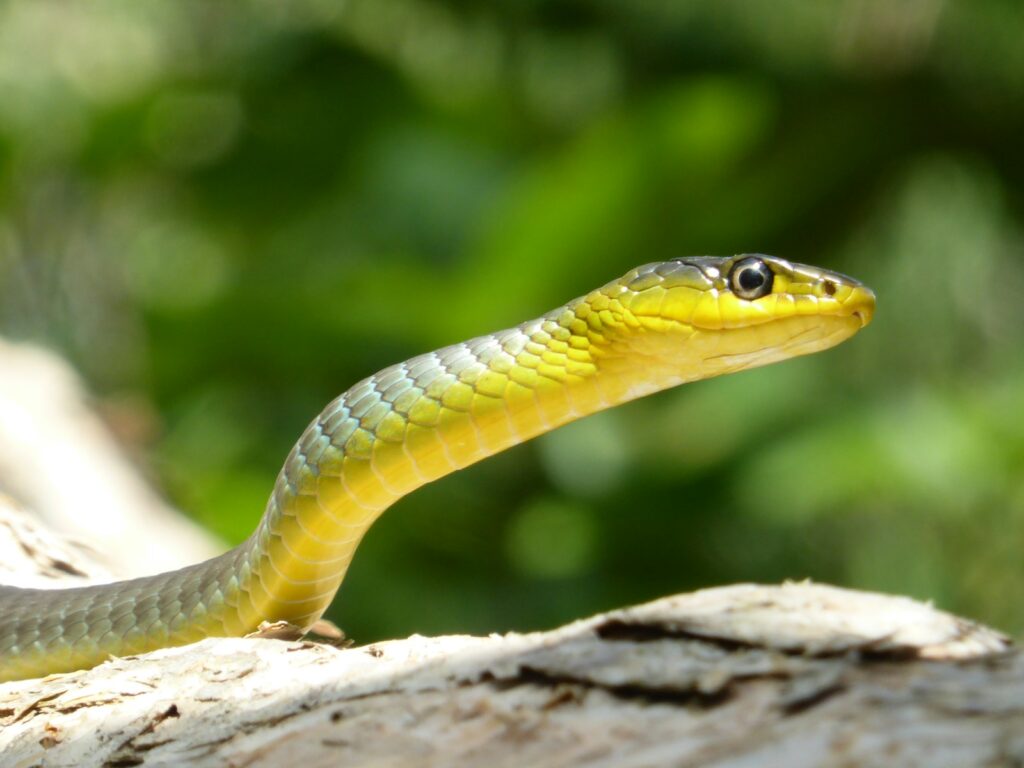
Non-venomous snakes have evolved various defensive strategies to compensate for their lack of venom. Species that have fewer defensive options often display more intense defensive behaviors when threatened. For example, some species like the Hognose snake have evolved elaborate bluffing displays, including hood spreading, hissing, and mock strikes with a closed mouth, because they lack other effective defenses against predators. Conversely, species with additional defensive adaptations, such as camouflage, speed, or climbing ability, may be less likely to resort to striking behaviors. The False Water Cobra, despite being technically non-venomous, has evolved rear fangs and mildly toxic saliva, which may contribute to its notable defensive confidence when confronted. These evolutionary adaptations directly influence how readily different species resort to striking or other defensive displays.
The Role of Habitat in Shaping Snake Temperament
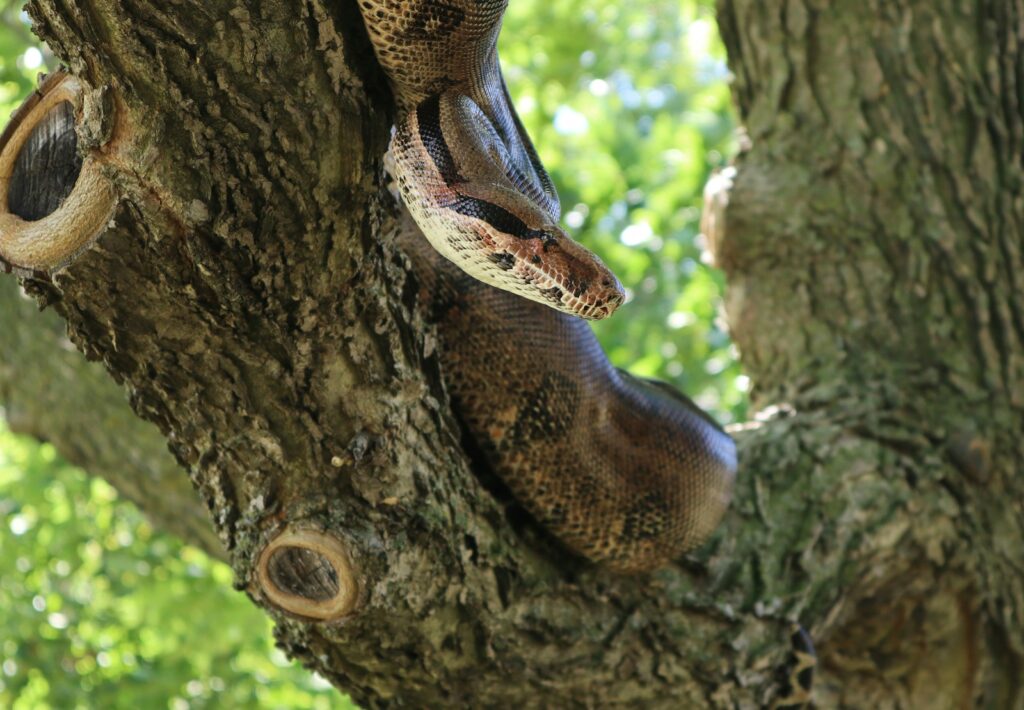
A snake’s natural habitat significantly influences its behavioral patterns, including its defensive responses. Open-habitat dwelling snakes like Racers often have more reactive defensive behaviors because they’re more visible to predators and have evolved quick reflexes and defensive strikes as survival mechanisms. In contrast, forest-dwelling species that rely on camouflage, like many python species, may be naturally less defensive because their primary strategy is to remain undetected rather than to confront threats. Aquatic species face different predatory pressures than terrestrial or arboreal species, which shapes distinctive defensive strategies. Water snakes, for instance, often display more defensive behaviors than similar-sized terrestrial species because they may be more vulnerable while swimming or basking. These habitat-specific evolutionary pressures have shaped diverse defensive behaviors across non-venomous snake species over millions of years.
Predation Pressure and Defensive Intensity
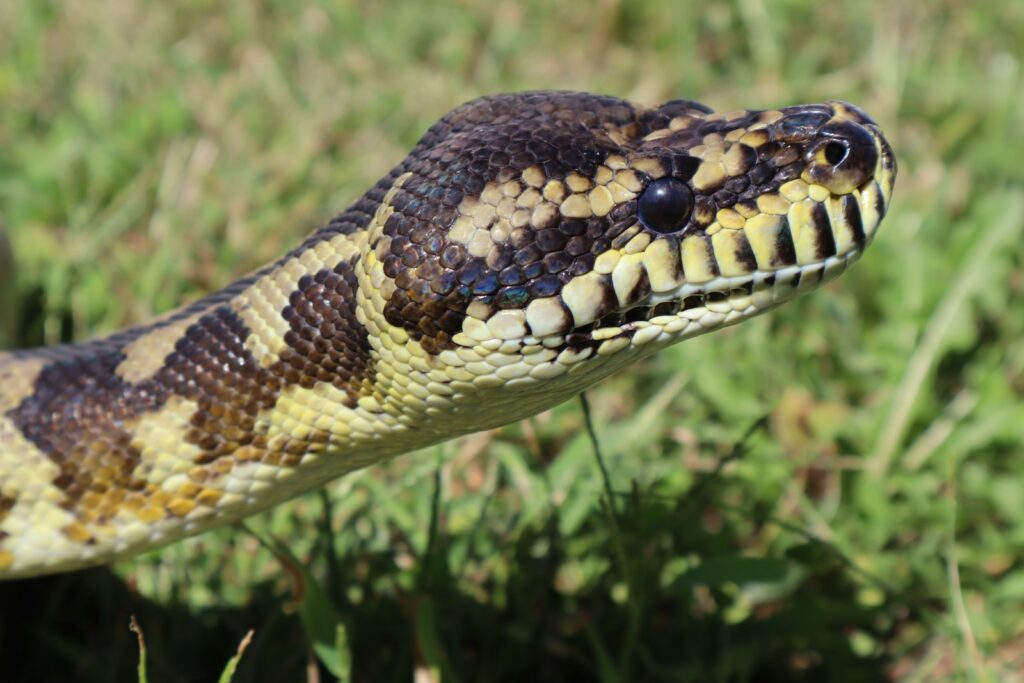
The level of predation pressure a species faces in its natural environment directly correlates with its defensive intensity. Species that have evolved in environments with numerous predators typically display more reactive and intense defensive behaviors. For example, the Eastern Hognose Snake, which faces predation from various birds, mammals, and other reptiles, has developed its famous defensive display of flattening its neck, hissing loudly, and sometimes even playing dead when threatened. This elaborate defensive routine evolved specifically in response to high predation pressure. Conversely, species that face fewer natural predators, such as some island-dwelling snakes or large constrictors, may show less defensive behavior because they haven’t evolved under such intense selection pressure for defensive mechanisms. The geographic variation in predator populations also explains why the same species may exhibit different defensive intensities across different parts of its range.
Size and Vulnerability Factors
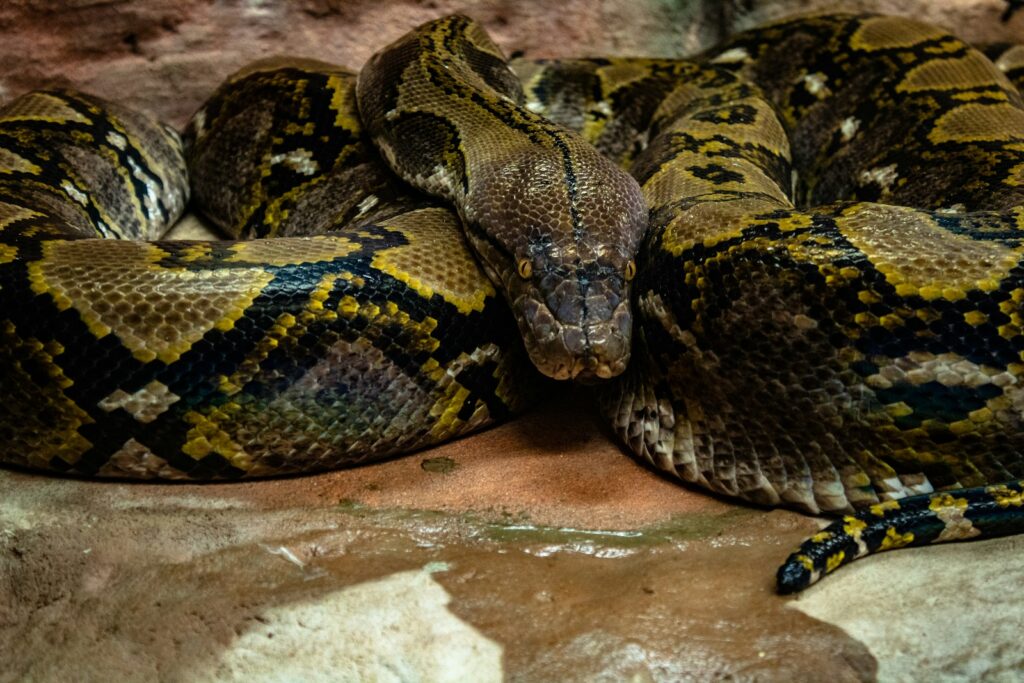
A snake’s size and physical vulnerability significantly influence its defensive behavior, with smaller species generally displaying more intensive defensive reactions than larger ones. Smaller snakes are more vulnerable to a wider range of predators and thus often exhibit more reactive striking behavior as a compensation mechanism. For instance, juvenile rat snakes are typically more defensive than adults of the same species, striking more readily when handled. Conversely, larger non-venomous snakes like adult pythons or boas may be less quick to strike because their size already serves as a deterrent to many potential predators. This size-dependent behavior pattern is evident even within the same species at different life stages, with defensive striking behavior often decreasing as an individual snake grows larger and less vulnerable. The physical robustness of the species also plays a role – snake species with more delicate builds may display more defensive behaviors than sturdier species of similar size.
Individual Temperament Variations
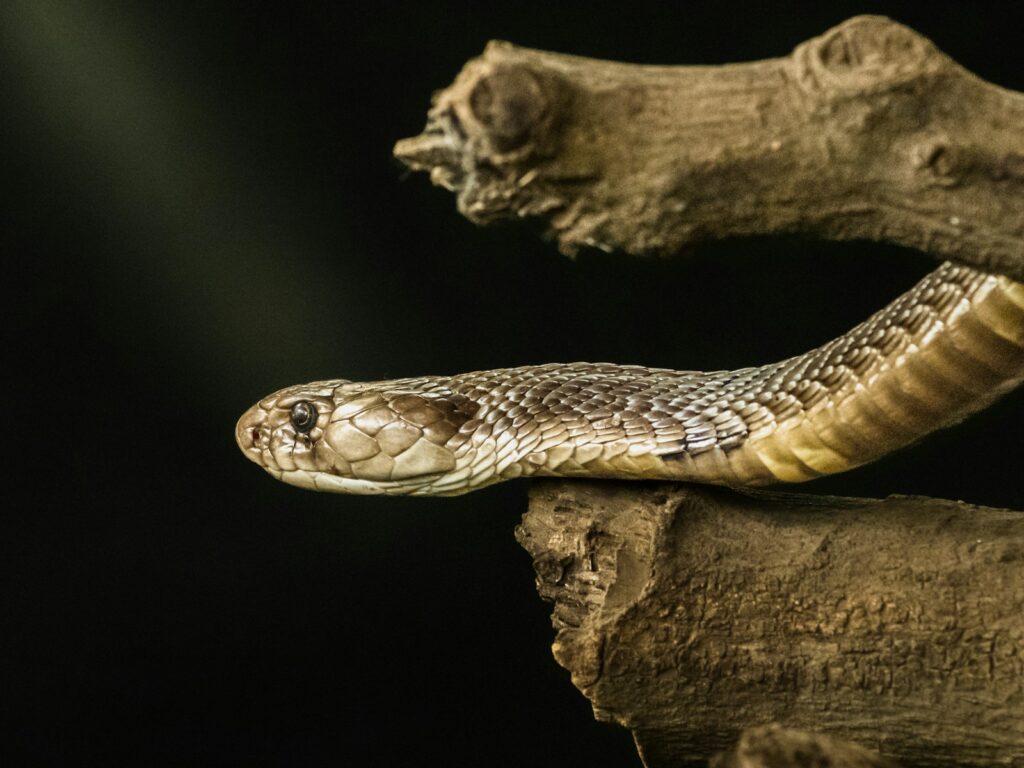
Even within the same species, individual snakes can display remarkably different temperaments and defensive thresholds. Some individuals are naturally more reactive or “high-strung,” while others demonstrate more tolerant and docile dispositions. These individual variations likely have both genetic and environmental underpinnings, similar to personality differences observed in mammals. Breeders of captive snakes have observed that temperament traits can be partially inherited, suggesting a genetic component to defensive behavior. For example, within corn snake populations, some bloodlines consistently produce calmer individuals while others tend toward more defensive offspring. Environmental factors during development, including early handling experiences, stress levels, and health status, can further shape an individual snake’s defensive responses. This individual variation explains why one Black Rat Snake might be remarkably calm during handling while another from the same population might strike repeatedly.
Wild vs. Captive-Bred Behavioral Differences

The distinction between wild-caught and captive-bred non-venomous snakes reveals significant behavioral differences in defensive responses. Wild-caught specimens have survived through effective defensive strategies and typically display more intense defensive behaviors when handled by humans, having never been conditioned to human contact. Their defensive reactions are deeply ingrained survival mechanisms that served them well in natural environments. In contrast, captive-bred snakes, particularly those handled regularly from a young age, often exhibit significantly reduced defensive behaviors since they’ve learned that human interaction doesn’t typically result in harm. Multiple generations of captive breeding can even select for calmer temperaments, as breeders often choose less defensive individuals for breeding programs. This difference explains why wild-caught specimens of typically “docile” species like Ball Pythons can still display surprising levels of defensive behavior, while their captive-bred counterparts might barely react to handling.
Species with Notably Defensive Reputations
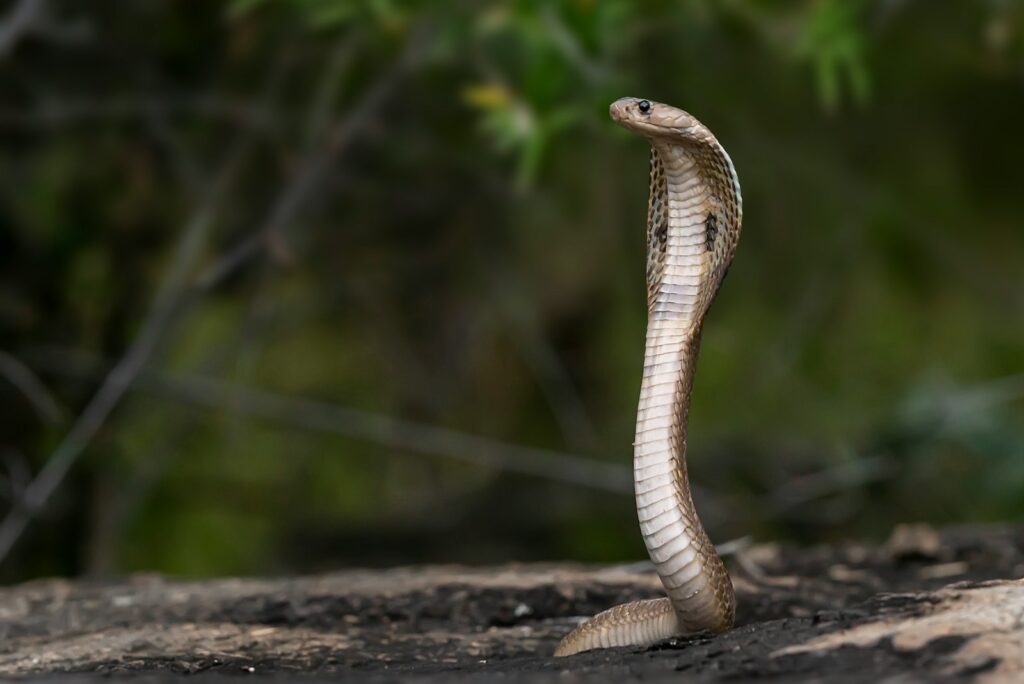
Certain non-venomous snake species have earned reputations for particularly intense defensive displays despite their harmless nature. The False Water Cobra (Hydrodynastes gigas) is renowned for its impressive defensive posture, flattening its neck into a hood similar to true cobras when threatened, coupled with decisive forward strikes. North American Water Snakes (Nerodia species) are infamous for their vigorous defensive behavior, often striking repeatedly and releasing a foul-smelling musk when handled. The Amazon Basin Emerald Tree Boa (Corallus batesii) is known for its lightning-fast strikes and reluctance to calm down during handling, unlike its more docile relative, the common Emerald Tree Boa. The African House Snake (Boaedon species), despite being commonly kept as a pet, can display surprisingly defensive behavior in wild-caught specimens, with persistent striking even after extended captivity. These species serve as prime examples of how non-venomous snakes can evolve intense defensive behaviors as their primary protection mechanism.
Hormonal and Seasonal Influences on Defensive Behavior
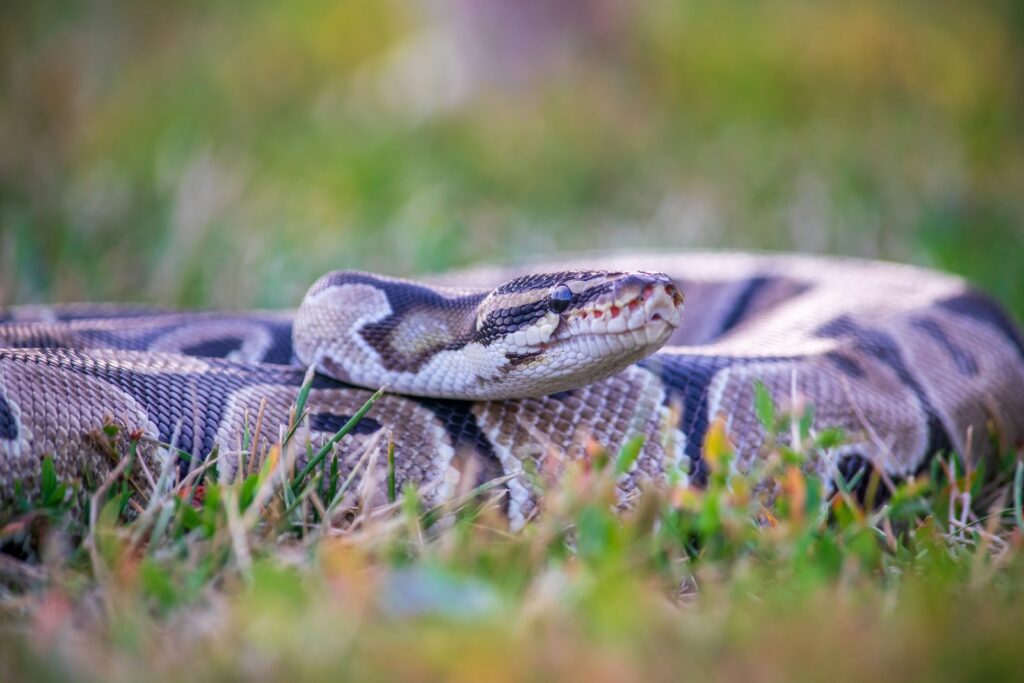
Snake defensive behavior fluctuates significantly with hormonal and seasonal changes, creating periodic variations in their reactivity. During breeding season, male snakes often display heightened defensive responses as they compete for mates and protect breeding territories, with testosterone levels directly influencing their reactive threshold. Female snakes typically become more defensive when gravid (pregnant), particularly as they approach the time of giving birth or laying eggs, when they’re more vulnerable and investing heavily in reproduction. Many species also display seasonal variations in defensive behavior corresponding to their activity cycles, with some becoming more defensive during active seasons when they’re encountering more potential threats. Black Rat Snakes, for example, often display more defensive behavior during their spring emergence after winter brumation when their energy reserves and physical condition may make them more vulnerable. These temporal patterns demonstrate how snake defensive behavior isn’t static but dynamically adjusts to changing biological states and environmental conditions.
The Impact of Feeding Patterns on Defensive Reactions
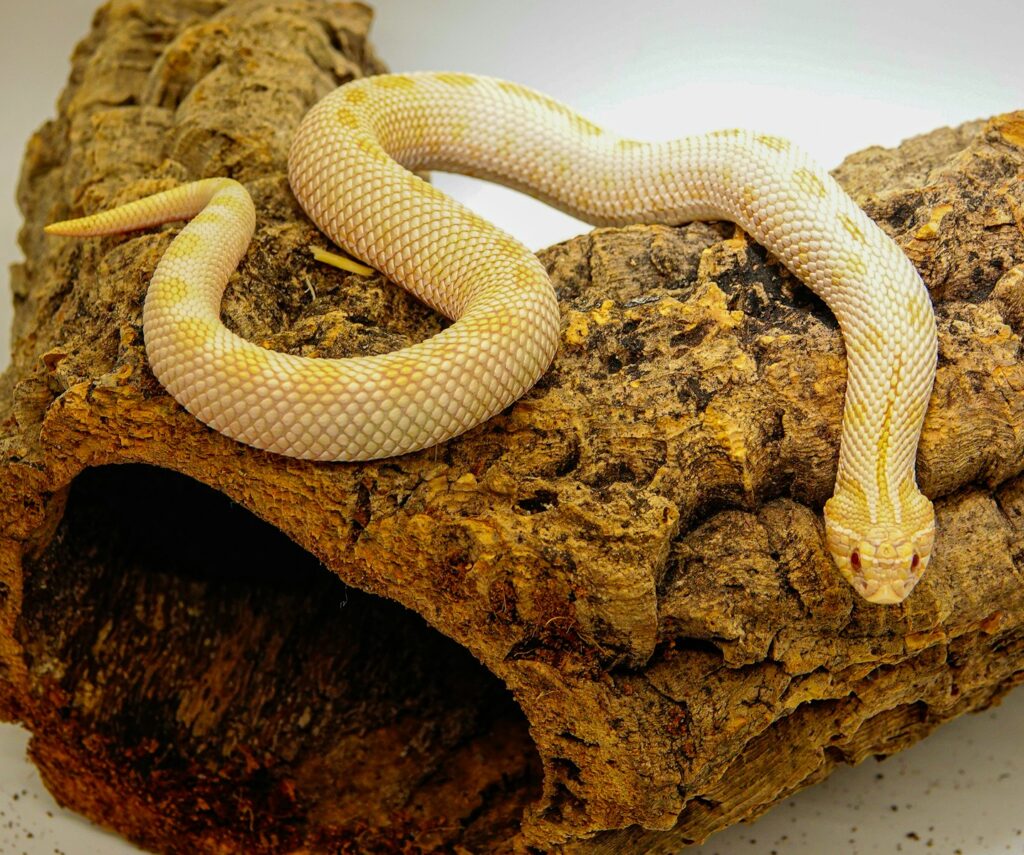
A snake’s recent feeding status significantly influences its defensive behavior, creating noticeable patterns in reactivity. Recently fed snakes typically display heightened defensive behaviors because they’re more vulnerable during digestion – their mobility is reduced, and they’re often more conspicuous due to the bulge of their meal. During digestion, which can take days or even weeks for large meals, snakes redirect blood flow to their digestive system, potentially making them slower and less capable of escape, resulting in a greater reliance on defensive displays. Conversely, hungry snakes may also show increased defensive behaviors in some species as they become more active and take greater risks while hunting. This feeding-related behavioral variation is particularly pronounced in ambush predators like boas and pythons, which may remain relatively calm when fasting but become notably more reactive after consuming prey. Keepers of captive snakes often observe this pattern, noting increased defensive striking in the days following a large meal, followed by a gradual return to baseline temperament as digestion completes.
Handling and Human Interaction Effects
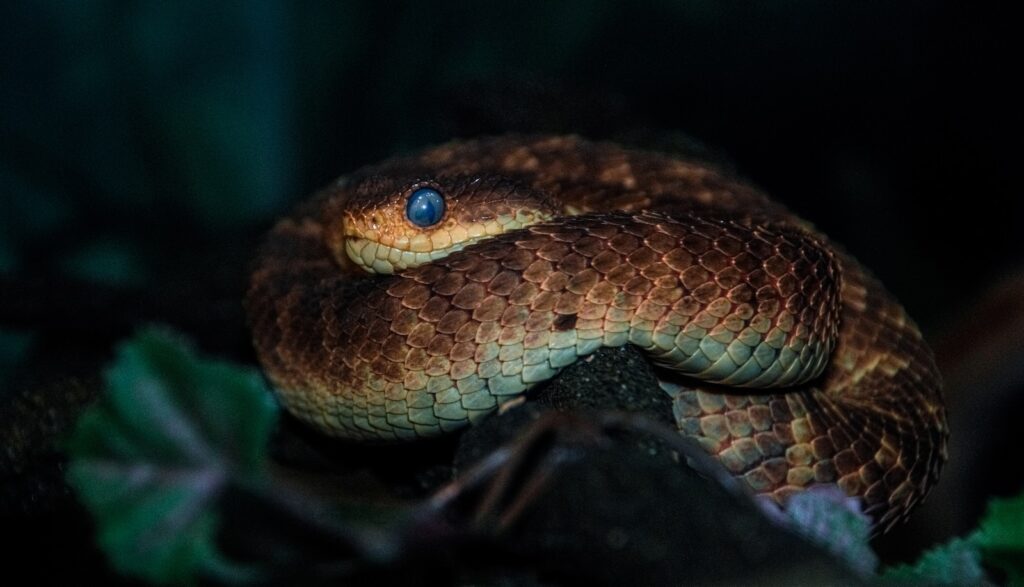
Human handling practices profoundly influence a snake’s defensive behavior, with consistent, appropriate handling often reducing defensive responses over time. When first encountered, most non-venomous snakes perceive handling as a predatory threat, triggering natural defensive mechanisms including striking, musking, or attempting to flee. Regular, gentle handling can condition many species to tolerate human contact as they learn that these interactions don’t result in harm, essentially a form of habituation. However, improper handling techniques, such as approaching from above (mimicking aerial predators), sudden movements, or restraining a snake too tightly, can reinforce defensive behaviors rather than diminish them. The timing of handling also matters significantly – attempting to handle snakes during sensitive periods such as shedding, after feeding, or during breeding season typically provokes stronger defensive reactions. Professional reptile keepers and herpetologists develop handling protocols specific to different species that respect these behavioral nuances, allowing even naturally defensive species to become more tolerant of necessary human interaction.
Misidentification and Defensive Mimicry
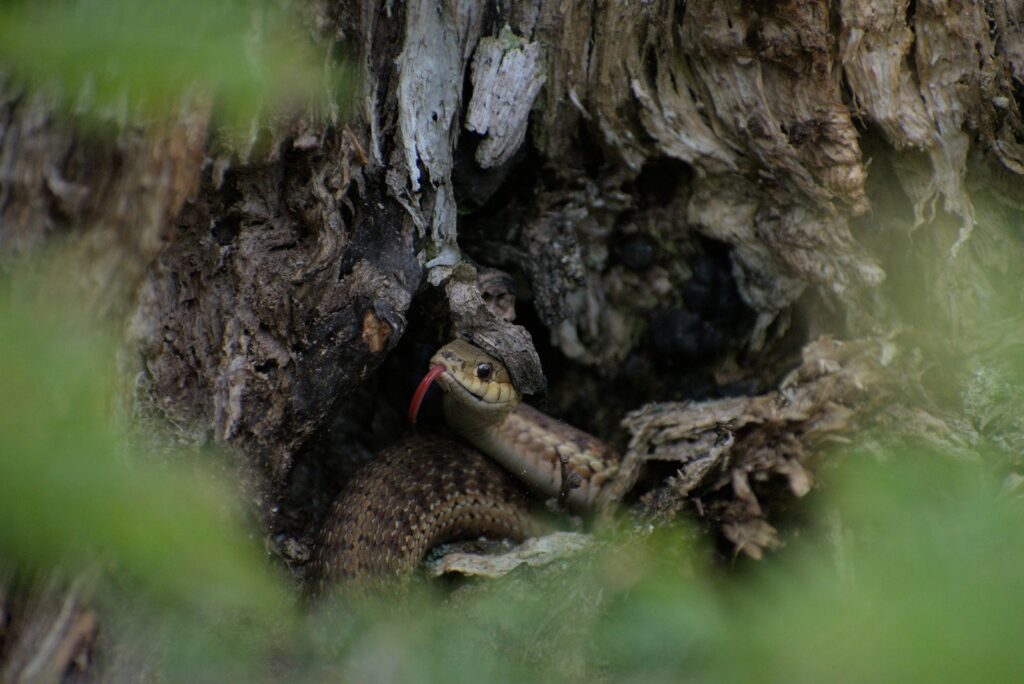
Some non-venomous snake species have evolved remarkable defensive mimicry that imitates the appearance and behavior of venomous species, often leading to heightened defensive displays. The Scarlet Kingsnake’s vibrant red, black, and yellow bands mimic the deadly Coral Snake’s coloration, following the ecological principle that predators avoid distinctive warning patterns after negative experiences. Beyond visual mimicry, behavioral mimicry appears in species like the Eastern Hognose Snake, which flattens its head and neck to resemble a cobra despite being harmless to humans. These mimics often complement their visual deception with exaggerated defensive behaviors, including dramatic hissing, mock strikes, or elaborate threat displays that would be expected from the dangerous species they’re imitating. The False Water Cobra exemplifies this phenomenon, combining its cobra-like neck-flattening display with assertive forward strikes, creating a convincing venomous snake impression despite its non-venomous status. Such mimicry-enhanced defensive behaviors can make these harmless species appear particularly “aggressive” to human observers, though these displays remain entirely defensive in nature.
Conservation Implications of Snake Defensive Behavior
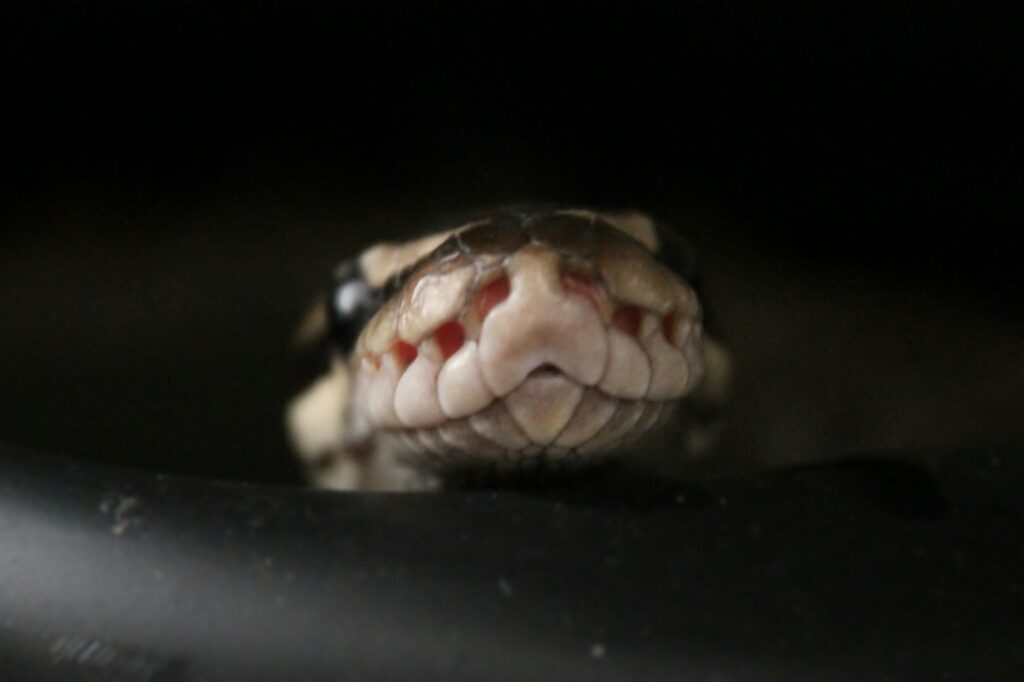
The defensive behaviors of non-venomous snakes have significant conservation implications, often influencing human-snake conflicts and protection efforts. Species with more dramatic defensive displays frequently suffer higher persecution rates as humans misinterpret these behaviors as aggression or dangerousness, leading to unnecessary killing of harmless snakes. Conservation education programs increasingly focus on explaining snake defensive behavior to help the public distinguish between actual threats and harmless defensive displays. Understanding species-specific defensive behaviors also helps wildlife managers develop appropriate handling and translocation protocols for snake removal situations, reducing stress and injury to both snakes and humans. For threatened or endangered non-venomous snake species, knowledge of their defensive behaviors becomes crucial for captive breeding programs, where managing stress and defensive reactions can significantly impact breeding success. As human development continues to encroach on snake habitats worldwide, the interface between human perception of snake behavior and conservation outcomes grows increasingly important for protecting these often misunderstood reptiles.
Conclusion
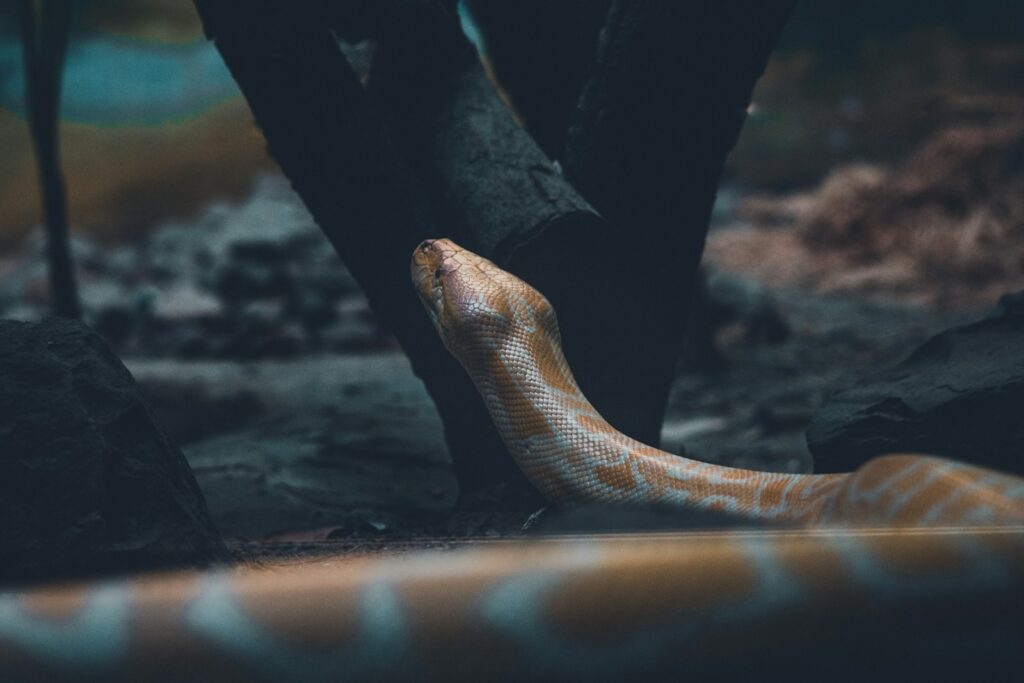
The varying levels of defensive behavior observed across non-venomous snake species reflect a fascinating intersection of evolutionary history, ecological adaptation, and individual variation. What humans often misinterpret as “aggression” actually represents sophisticated defensive strategies that have evolved over millions of years in response to specific predatory pressures and environmental challenges. From the evolutionary adaptations that compensate for a lack of venom to the influence of habitat, size, and individual temperament, multiple factors shape how readily a non-venomous snake will display defensive strikes or other protective behaviors. Understanding these patterns helps foster greater appreciation for these misunderstood reptiles and can improve conservation efforts, captive care protocols, and public education about snake behavior. By recognizing that defensive displays are just that—defensive rather than aggressive—we can develop a more nuanced and accurate understanding of these remarkable animals and their place in the natural world.





